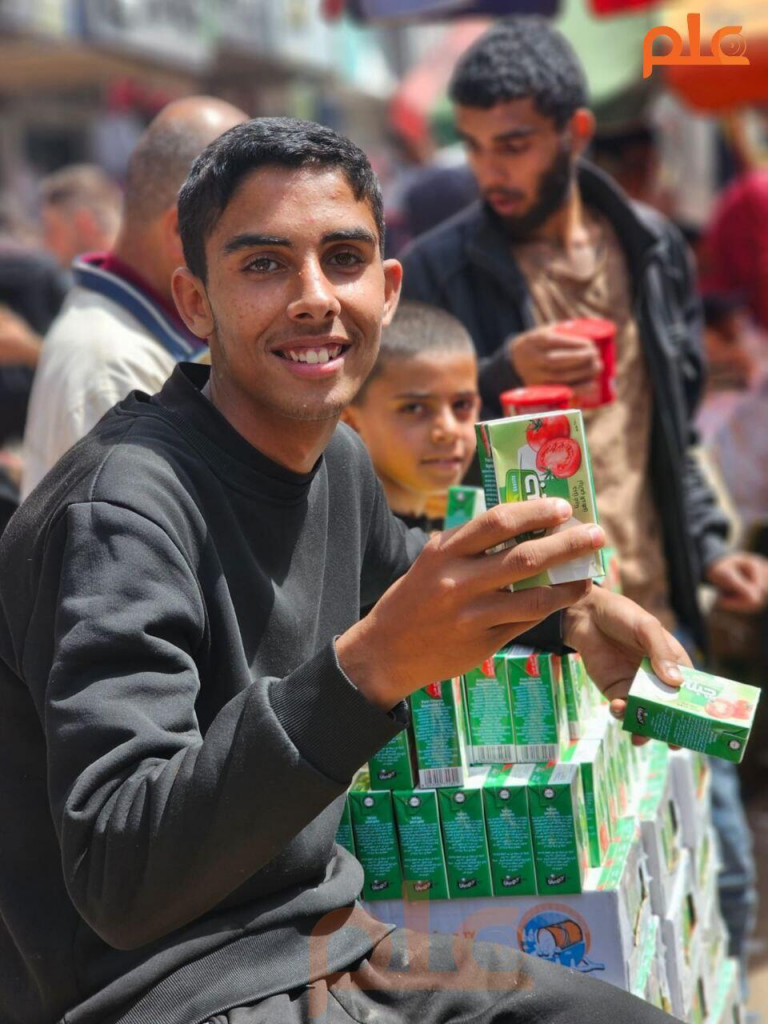Report triggered by U.S. report of famine in Gaza; After its release IDF announced a daily “tactical pause of military activity” to allow more humanitarian aid to reach Palestinian civilians
The United Nations Famine Review Committee reported that it does not have enough “supporting evidence” to determine whether there is a famine in the northern Gaza Strip.
The committee released its findings in an 18-page report published on June 4. The committee operates under the Integrated Food Security Phase Classification (IPC), a “multi-partner initiative for improving food security and nutrition analysis and decision-making,” Under the classification, a finding of phase 5 would indicate a famine/humanitarian catastrophe in the area being observed.
The Famine Review Committee (FRC) report was triggered by a finding from the U.S.’s Famine Early Warning Systems Network (FEWS NET), which determined under the IPC that, since at least April 1, northern Gaza has been in the midst of a famine (IPC Phase 5) with what it calls reasonable evidence. The FEWS NET, founded by the United States Agency for International Development (USAID) in 1985, also projected that the famine would persist through at least July 31.

(Photo: Muhamad Mansur)
The UN committee said in its report, however, that it “does not find the FEWS NET analysis plausible given the uncertainty and lack of convergence of the supporting evidence employed in the analysis. Therefore, the FRC is unable to make a determination as to whether or not famine thresholds have been passed during April.”
The committee noted in its conclusion that, even though it has not determined that there is famine in the coastal strip, its residents are experiencing “extreme human suffering.” The committee also called on all parties to enable humanitarian access as well as an opportunity to conduct field surveys in northern Gaza.
“All stakeholders who use the IPC for high-level decision-making must understand that whether a Famine classification is confirmed does not in any manner change the fact that extreme human suffering is without a doubt currently ongoing in the Gaza Strip and does not in any manner change the immediate humanitarian imperative to address this civilian suffering by enabling complete, safe, unhindered, and sustained humanitarian access into and throughout the Gaza Strip, including through ceasing hostilities. All actors should not wait until a famine classification for the current period is made to act accordingly,” the report said.

(Photo: Eyad BABA / AFP)
The report added that “the very fact that we are unable to endorse (or not) FEWS NET’s analysis is driven by the lack of essential up-to-date data on human well-being in Northern Gaza, and Gaza at large. Thus, the FRC strongly requests all parties to enable humanitarian access in general, and specifically to provide a window of opportunity to conduct field surveys in Northern Gaza to have more solid evidence of the food consumption, nutrition, and mortality situation.”
On Sunday, IDF announced that it would observe a daily “tactical pause of military activity” between 8 a.m. and 7 p.m. in the Rafah area of the southern Gaza Strip to enable humanitarian aid to be delivered to Palestinian civilians.

(Photo: REUTERS/Amir Cohen)
According to the IDF, the purpose of the daily pause is to “increase the scope of humanitarian aid entering the Gaza Strip” and was announced “after discussions with the UN and international organizations.”
A Famine Review Committee report issued in March found that the “thresholds for acute food insecurity had already been surpassed, and it was likely that the famine thresholds for acute malnutrition had been exceeded.”
“The FRC remains gravely concerned about the situation in the Gaza Strip,” the report also said.
According to the report, “there remain significant data gaps and uncertainty about the total number of trucks entering the Gaza Strip and the level of humanitarian assistance that is being trucked into and distributed within the different areas of the Gaza Strip.” It also notes that the FEWS NET investigation leading to a determination of famine failed to take into consideration the contributions of food from several other avenues, including from the World Food Kitchen and other commercial or private ventures.
As reported by Ynetnews
